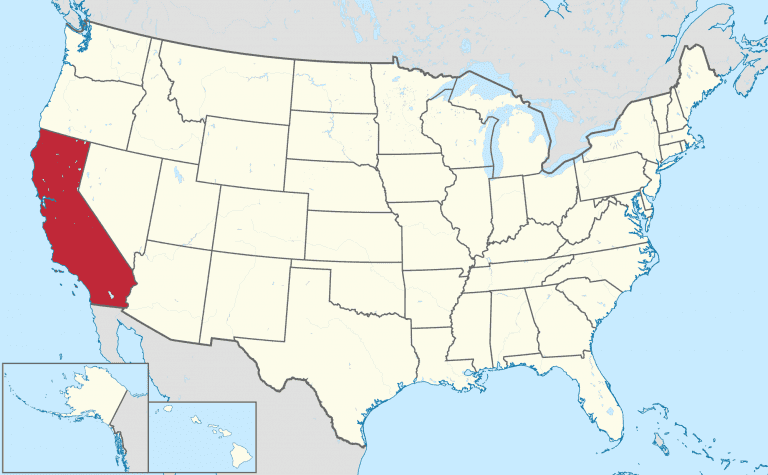Lessons from California, Part 3: Growing and Supply Challenges

Cannabis – Tax Guide For Cannabis: What You Need To Know And How It Will Affect California
February 25, 2018
California Consumers’ Spending Up
February 25, 2018By J.J. McCoy, Senior Managing Editor for New Frontier Data
[Editor’s note: This is the third of a three-part blog series about the first month of California’s legalized adult-use cannabis market.]
Having addressed issues for retailers and then licensing and compliance concerns which arose during January and the genesis of California’s adult-use cannabis market, we now go straight to the source to discuss some of what keeps a grower consternated about cultivation.
Most essentially affected in the market chain from seed and extending to customers’ hands are farmers like Sunshine Johnston, owner and lead farmer of Sunboldt Grown, in Humboldt County and the heart of the nation’s legendary Emerald Triangle cannabis growing region. She describes her operation as a micro-farm, yielding 200-250 pounds of cannabis annually.
Though she had been busy throughout the regulatory process since Californians approved the measure in a 2016 statewide ballot, and Johnston is right now dedicating her efforts during the non-growing season to getting her application and compliance processes in place, it is the sense of her remaining uncertainty within a new system that keeps her up at night.
“I’m not really farming right now,” she explained. “I am working more on my business development — from business structure, to trademarks, and a business plan. And compliance issues: I feel like I am a student again, and have all these projects to learn. It’s exciting, but it’s not just about farming anymore.”
Johnston added how “all of these [new] regulations have just been in our heads up to now: The writing of them, working with the counties and the regulators about them. Now we will see what the reality is. I know I will take losses during the first round of implementation; I just don’t know how much.”
Such nervousness is keenly rampant right now: In a report released last week by the California Growers Association (CGA), fewer than 1% of the state’s estimated 68,150 active cannabis producers currently hold legal state licenses for operation. The CGA stressed that unless and until more of the smaller, independent growers like Sunboldt Grown receive their operators’ licenses from the state, taxable revenues from the adult-use market will prove lower than anticipated, while the illicit market will profitably persist.
“The current system will not achieve its goals without fundamental and structural changes that allow small and independent businesses to enter into compliance,” the report concluded. Consequently, the CGA is calling for state lawmakers to review their regulations, relax certain requirements, and mitigate the costs and compliance barriers, thus enabling more existing cannabis producers to join the legitimate market.
“It’s just very risky,” Johnston agreed, “the uncertainty and the disconnect between the retailers and the customers. Even though I have established customers, can the retailers reach them? That’s a problem. It’s about getting representation by distributors and by retailers. And then the other risky part is that during a transition, you need savings, and I — along with a lot of other independent farmers — do not have any savings. That is a challenge.”

J.J. McCoy
J.J. McCoy is Senior Managing Editor for New Frontier Data. A former staff writer for The Washington Post, he is a career journalist having covered emerging technologies among industries including aviation, satellites, transportation, law enforcement, the Smart Grid and professional sports. He has reported from the White House, the U.S. Senate, three continents and counting.




